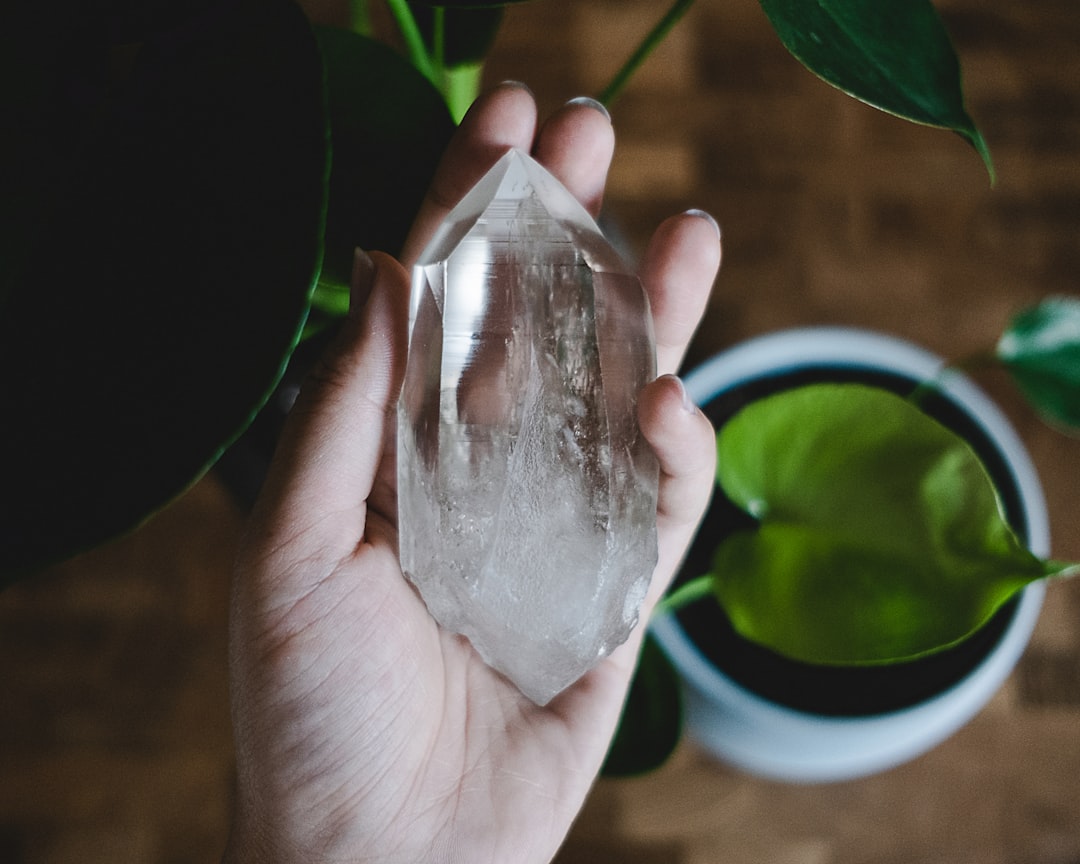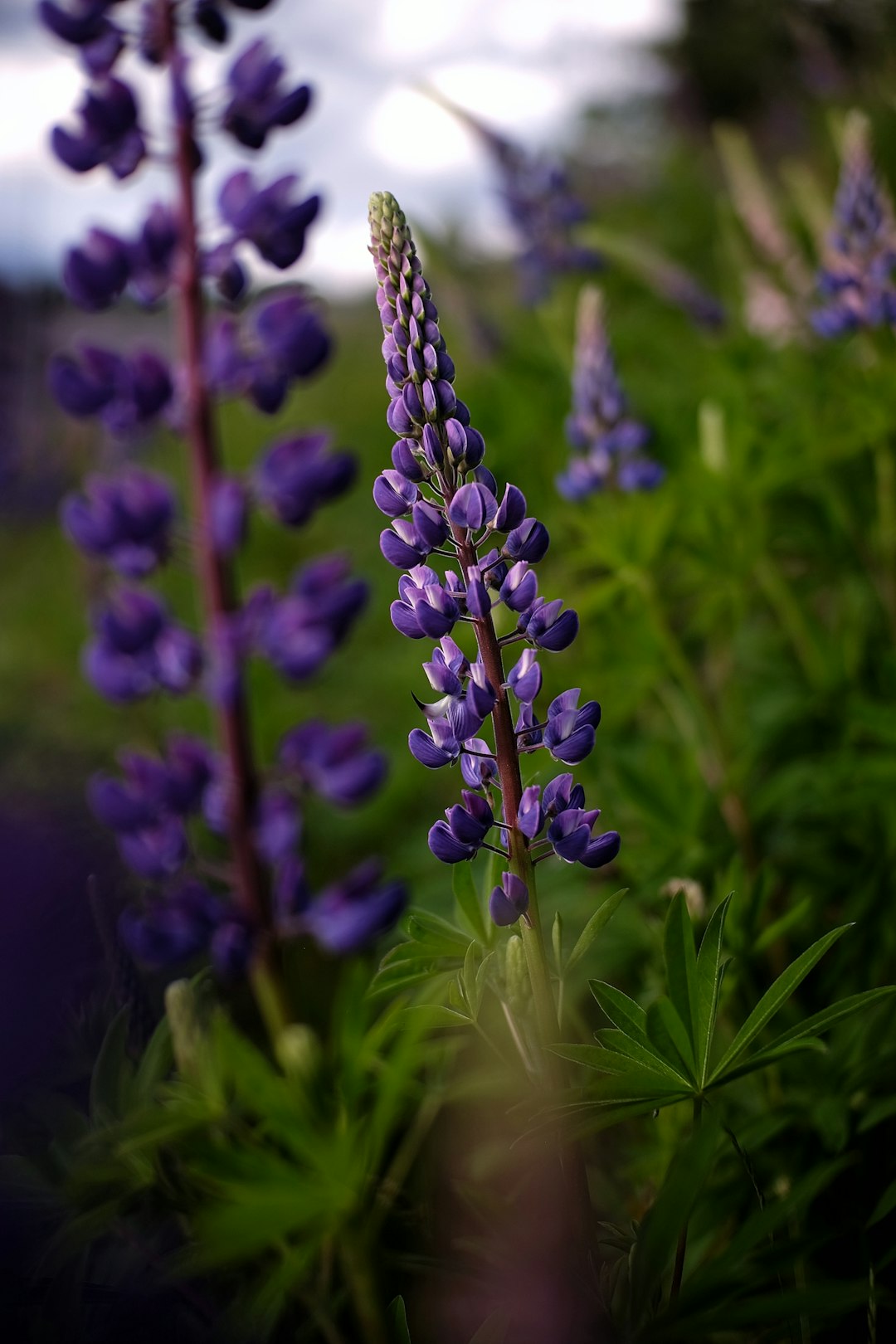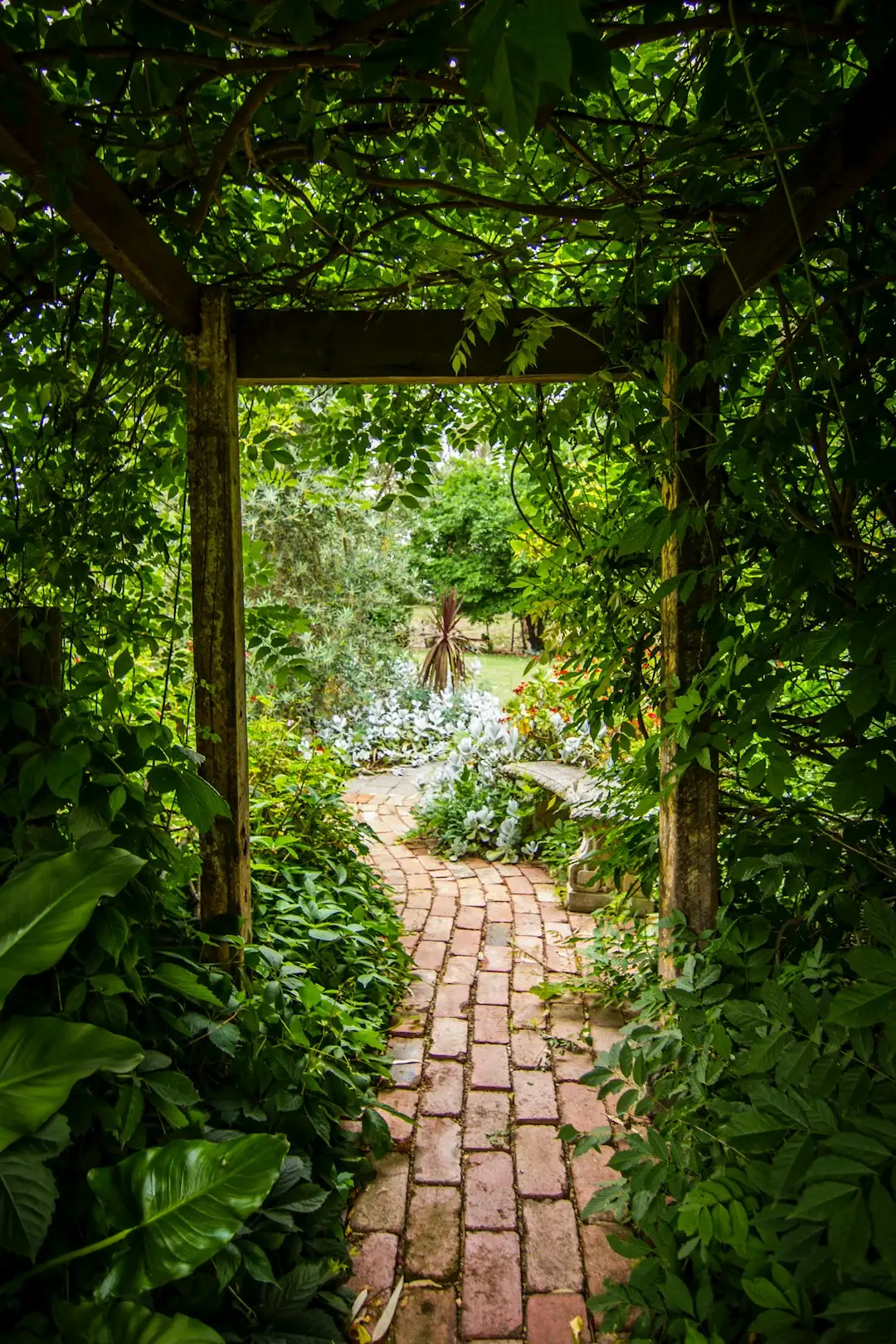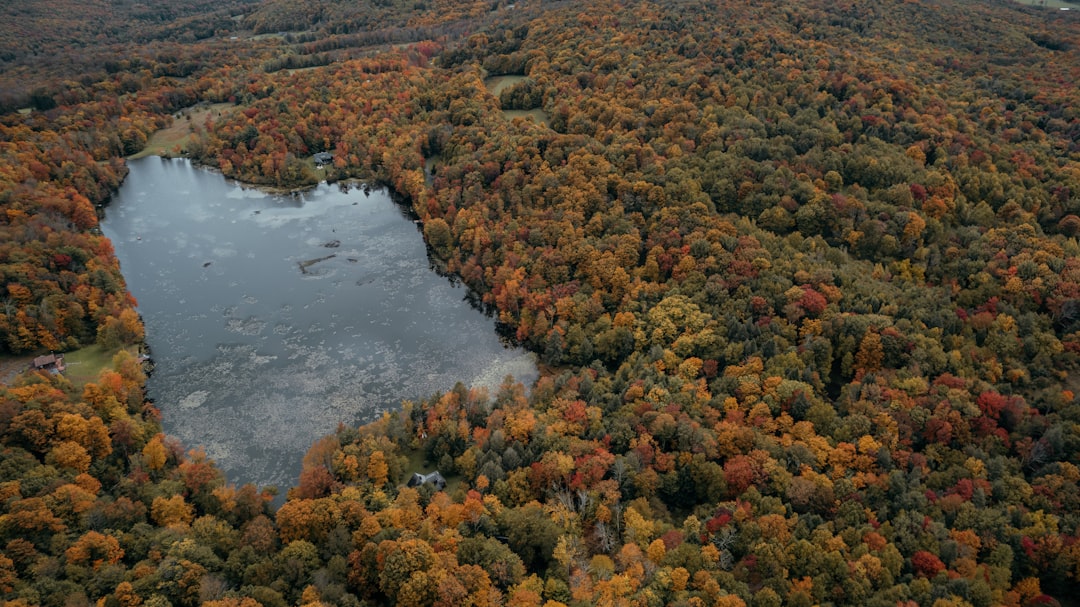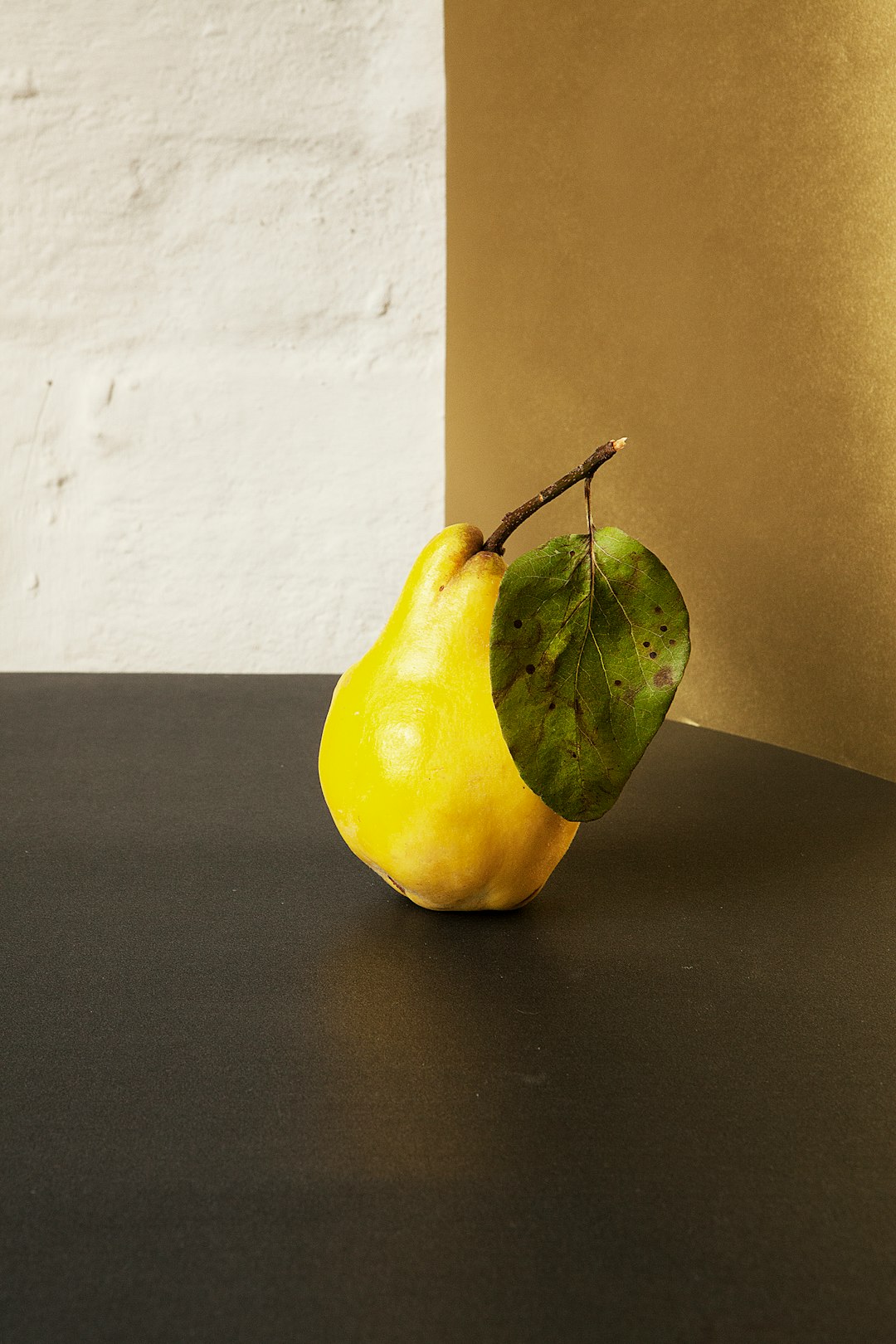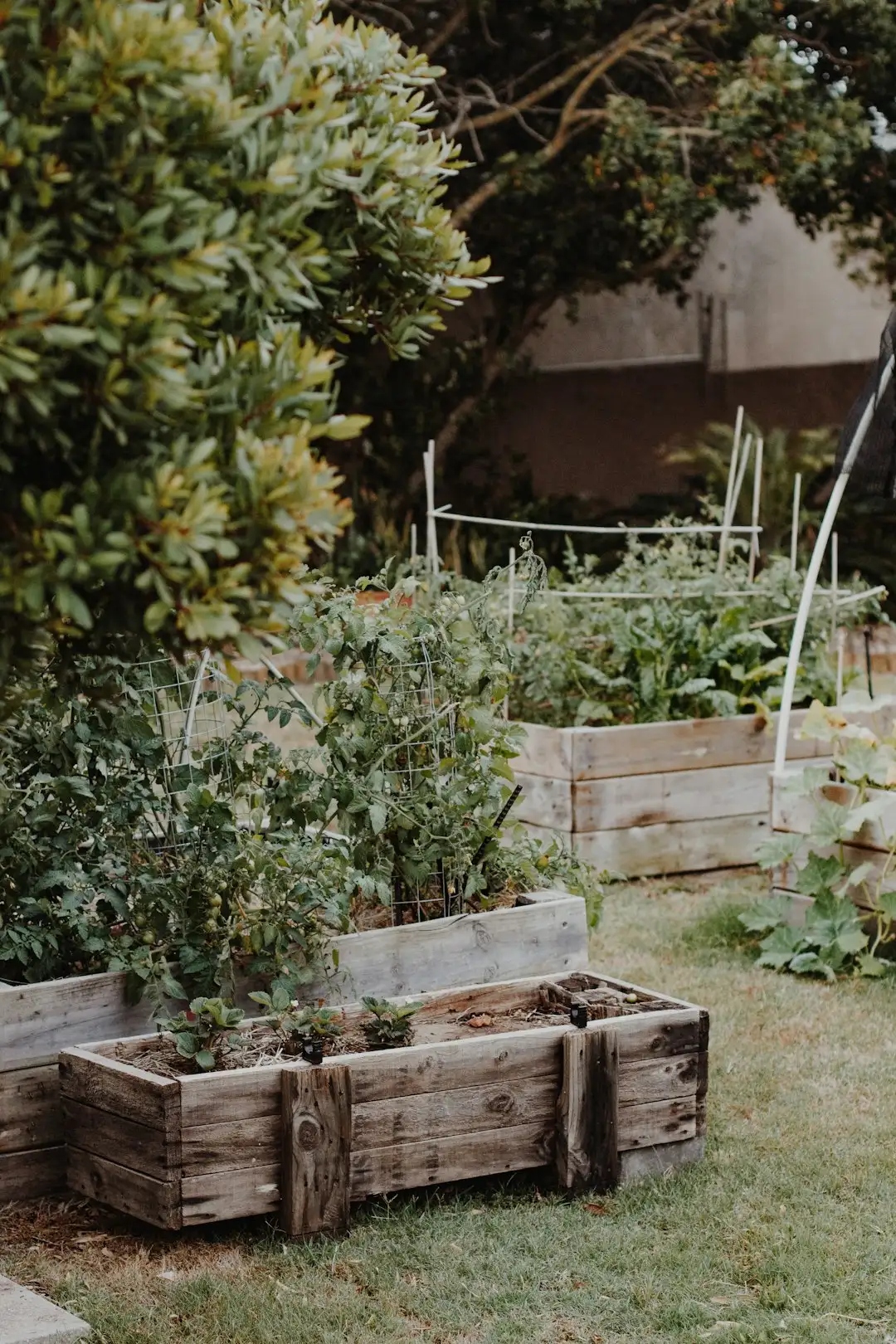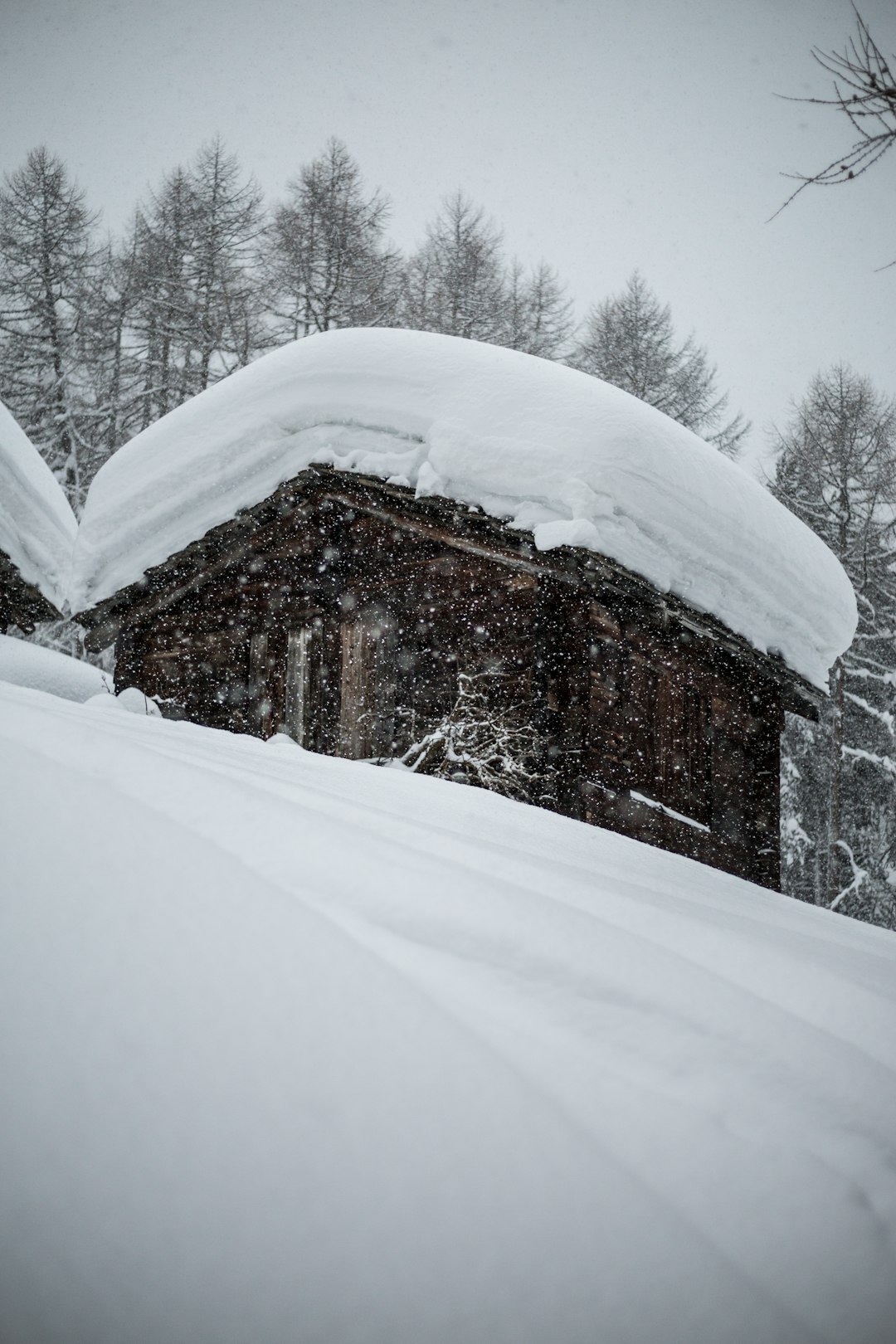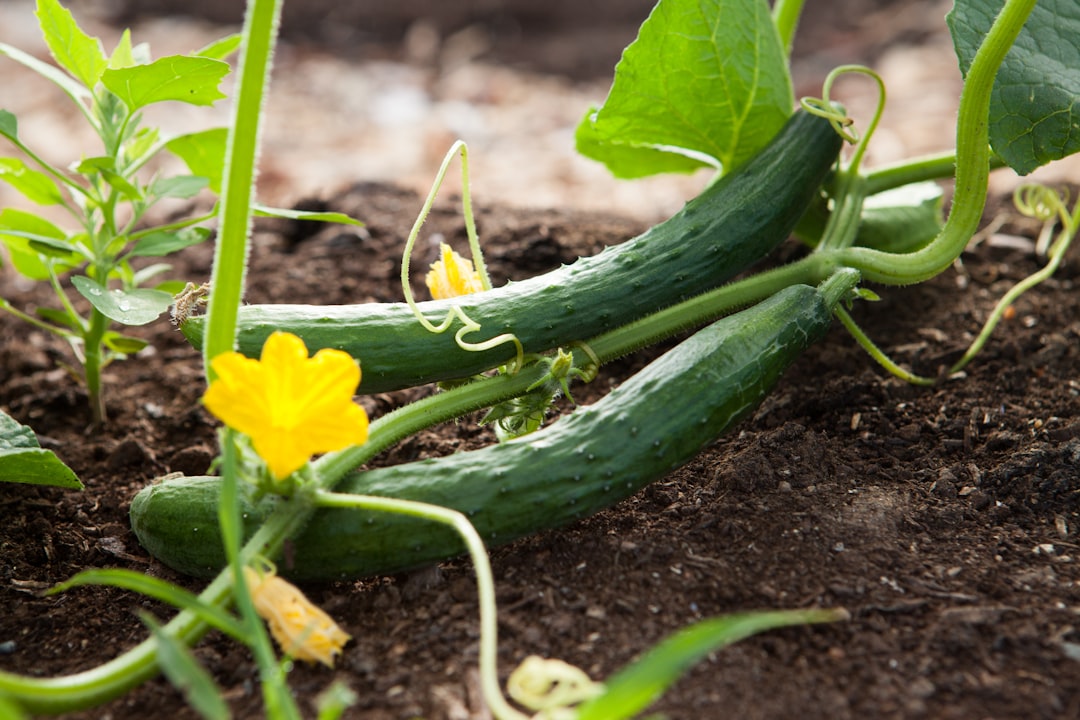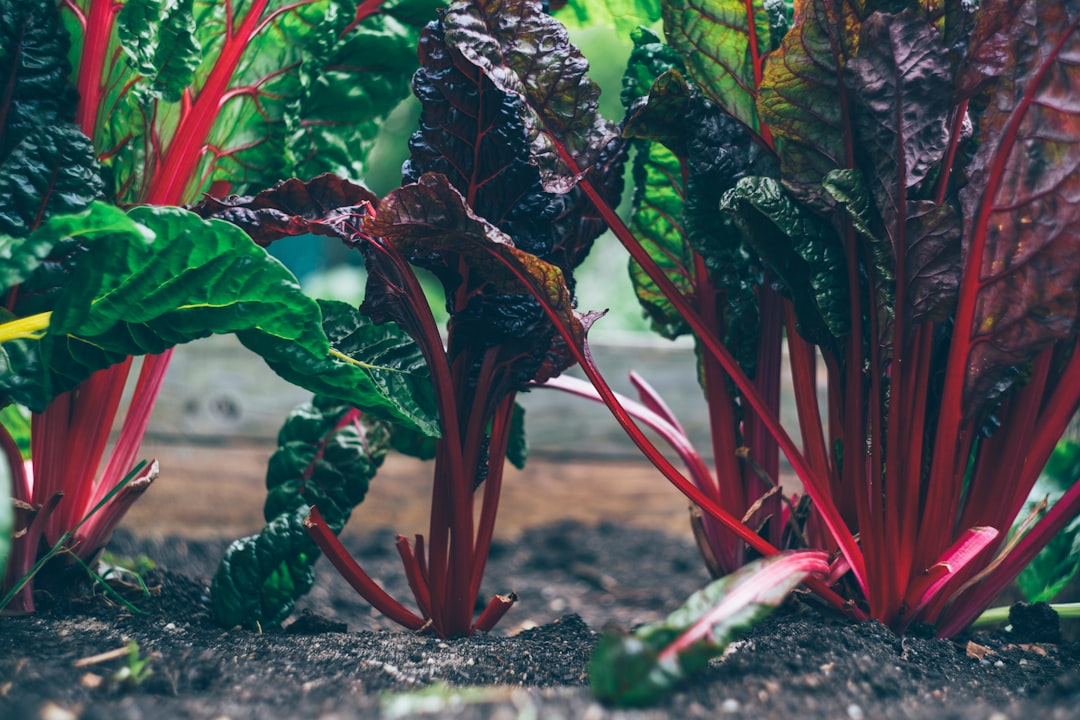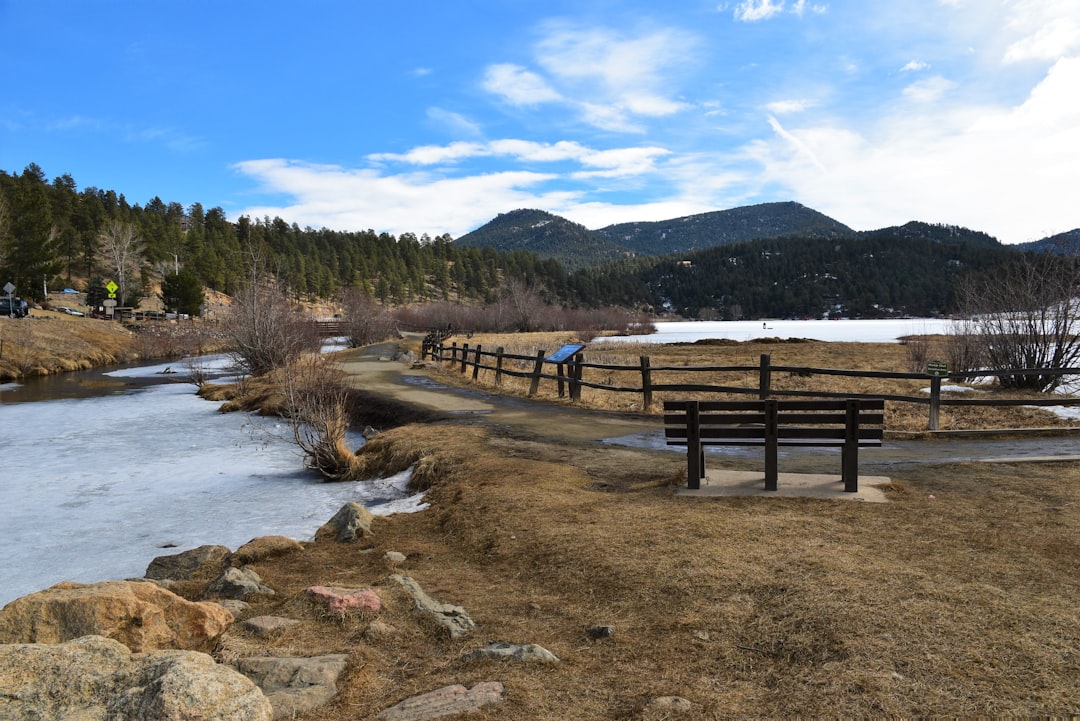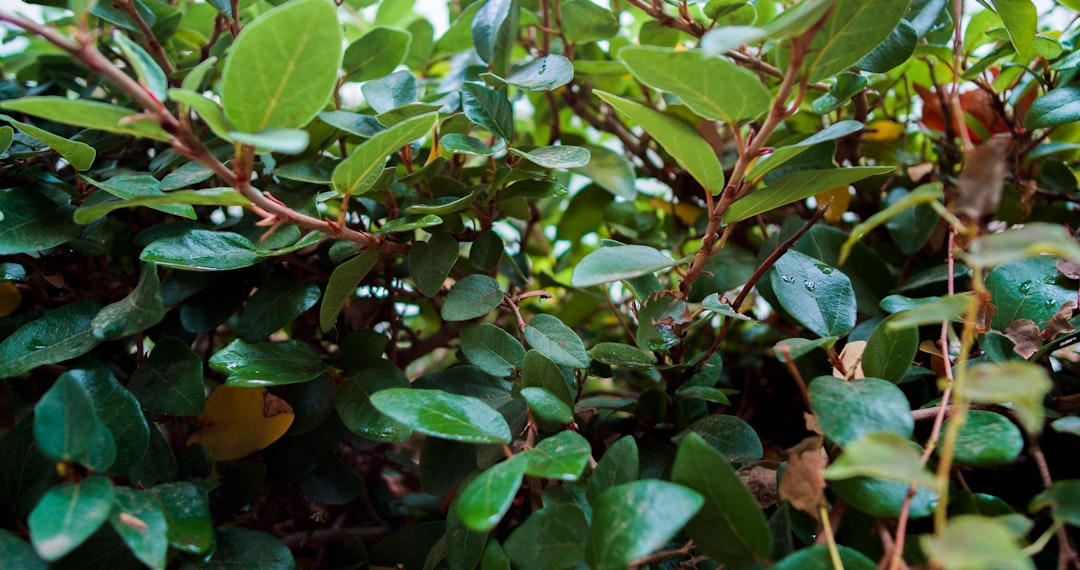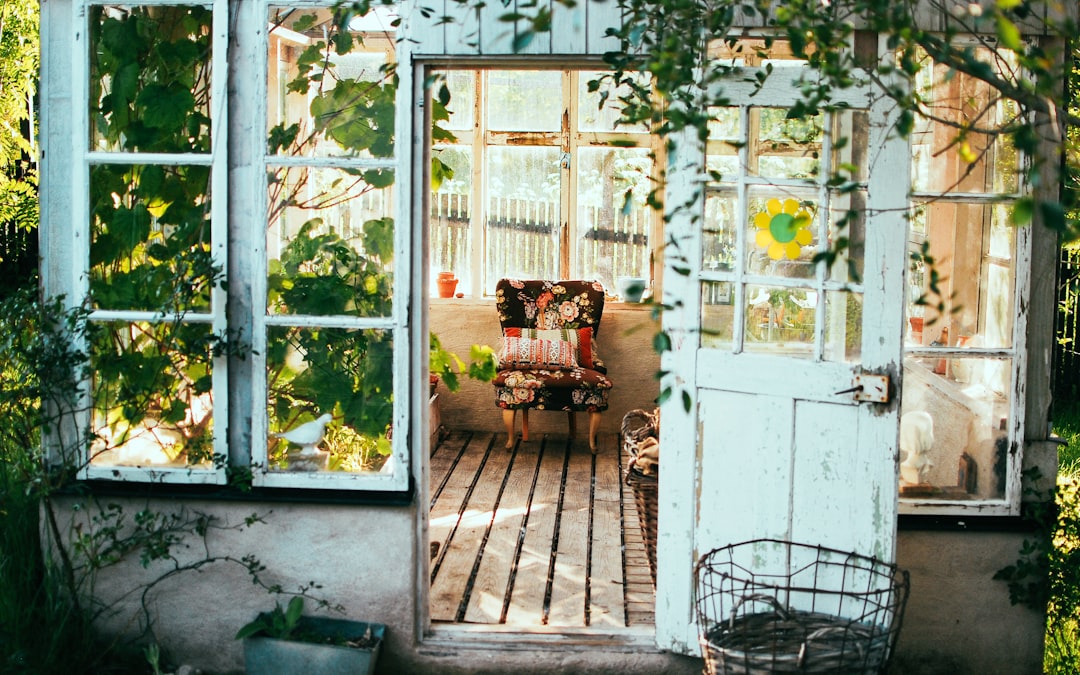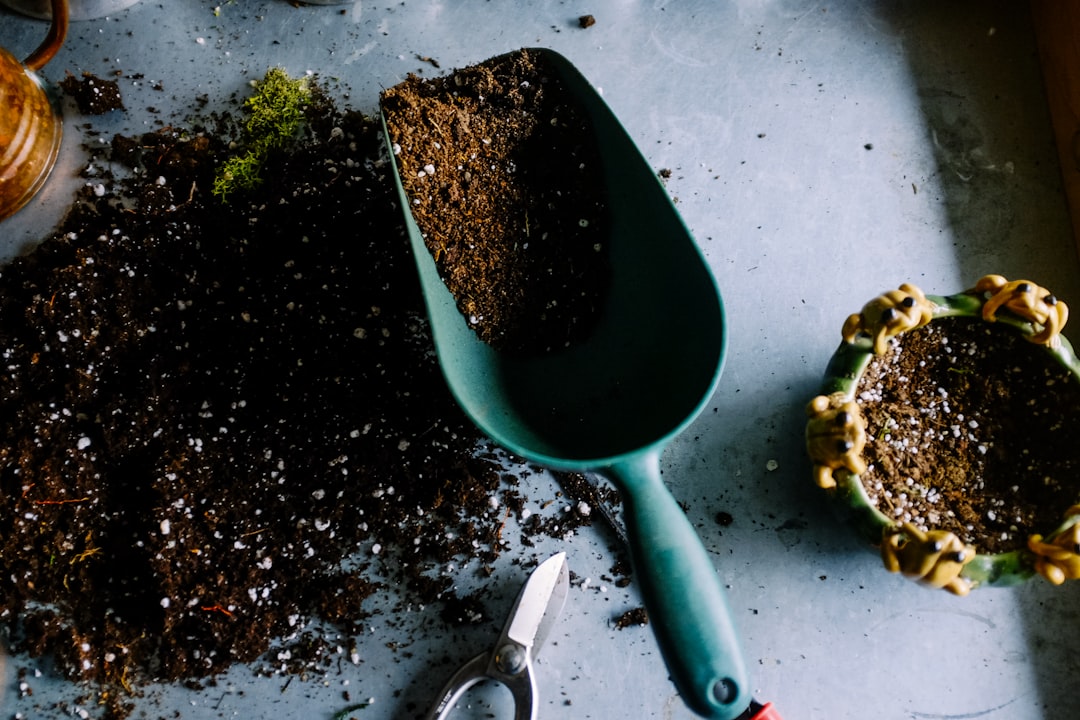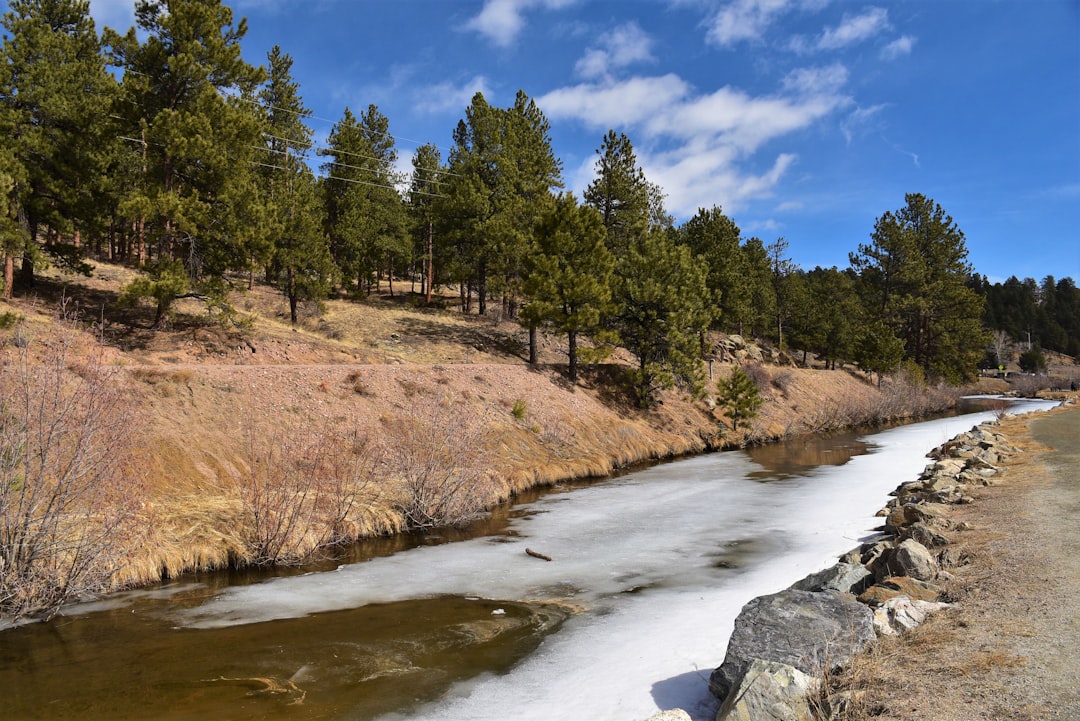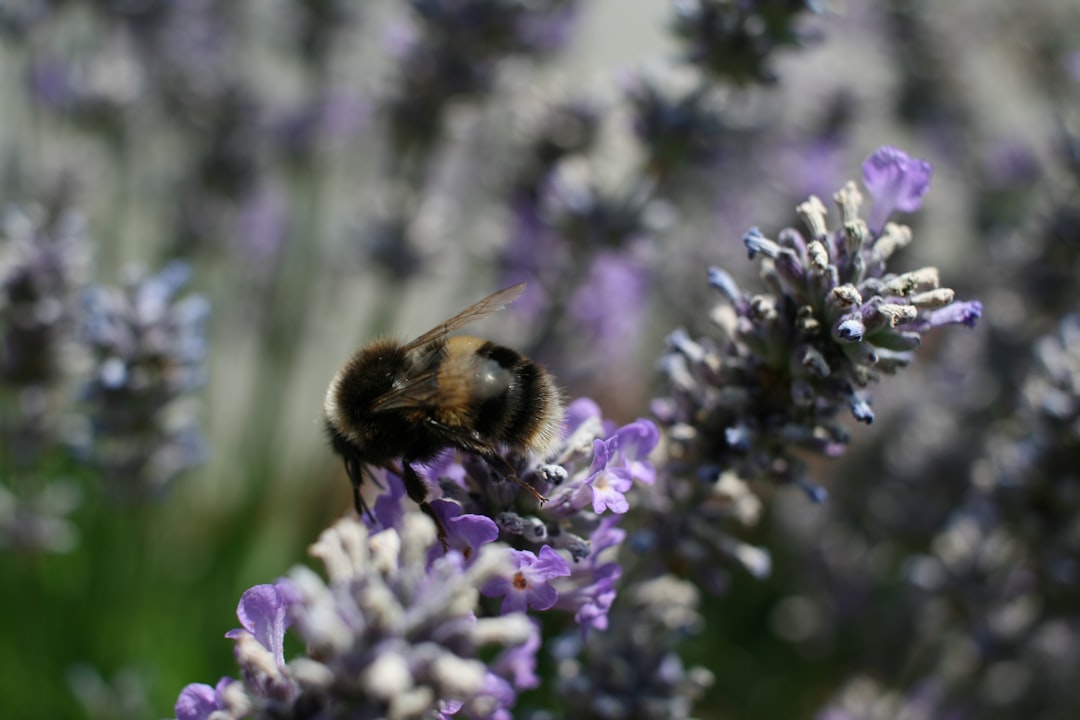
Embarking on the journey of gardening is like opening a door to a world filled with beauty, tranquility, and the joy of nurturing life. One plant that has captured the hearts of many gardeners is the Hebe. Native to New Zealand, this charming plant brings a touch of the Southern Hemisphere to North American gardens. However, due to its origin, it requires special care to thrive in the North American climate.
Hebe is a remarkable plant known for its disease - resistant nature. This characteristic makes it an ideal choice for both novice and experienced gardeners. It can withstand various pests and diseases that often plague other plants, reducing the need for excessive chemical treatments. As a low shrub, it can be used in a variety of landscaping designs. Whether you want to create a border along a walkway, add some texture to a flower bed, or fill in empty spaces in your garden, Hebe fits the bill perfectly.
When it comes to growing Hebe in North America, understanding its native environment is crucial. New Zealand has a temperate maritime climate, which is quite different from the diverse climates found across North America. In North America, the climate can range from the cold winters of the northern regions to the hot and humid summers in the south. Therefore, it's essential to choose the right location for your Hebe plants.
Hebe thrives in full sun to partial shade. In areas with intense summer heat, providing some afternoon shade can prevent the plant from getting stressed. The soil should be well - drained. Hebe doesn't like to have its roots sitting in water for extended periods, as this can lead to root rot. If your soil is heavy clay, consider amending it with organic matter such as compost or peat moss to improve drainage.
Watering is another important aspect of Hebe care. During the growing season, keep the soil evenly moist but not waterlogged. In the winter, reduce watering as the plant goes into a dormant state. Overwatering in winter can be particularly harmful to Hebe.
Fertilizing Hebe can help it grow and bloom better. Use a balanced, slow - release fertilizer in the spring. Avoid over - fertilizing, as this can lead to excessive foliage growth at the expense of flowers. Pruning is also necessary to maintain the shape and health of the Hebe plant. Prune it in the late winter or early spring before new growth begins. Remove any dead, damaged, or diseased branches, and shape the plant as desired.
Hebe comes in a variety of species and cultivars, each with its own unique characteristics. Some have colorful foliage, while others produce beautiful flowers. For example, Hebe 'Wiri Cloud' has variegated leaves that add a splash of color to the garden, and Hebe 'Great Orme' produces lovely purple flowers. When selecting Hebe for your garden, consider the size, color, and growth habit of the plant to ensure it fits your landscape design.
In conclusion, growing Hebe in North America can be a rewarding experience. With its disease - resistant nature and versatility as a low shrub, it's a great addition to any garden. By providing the right care, including proper sunlight, well - drained soil, appropriate watering, fertilizing, and pruning, you can help your Hebe plants thrive and bring a touch of New Zealand charm to your North American garden.
New











